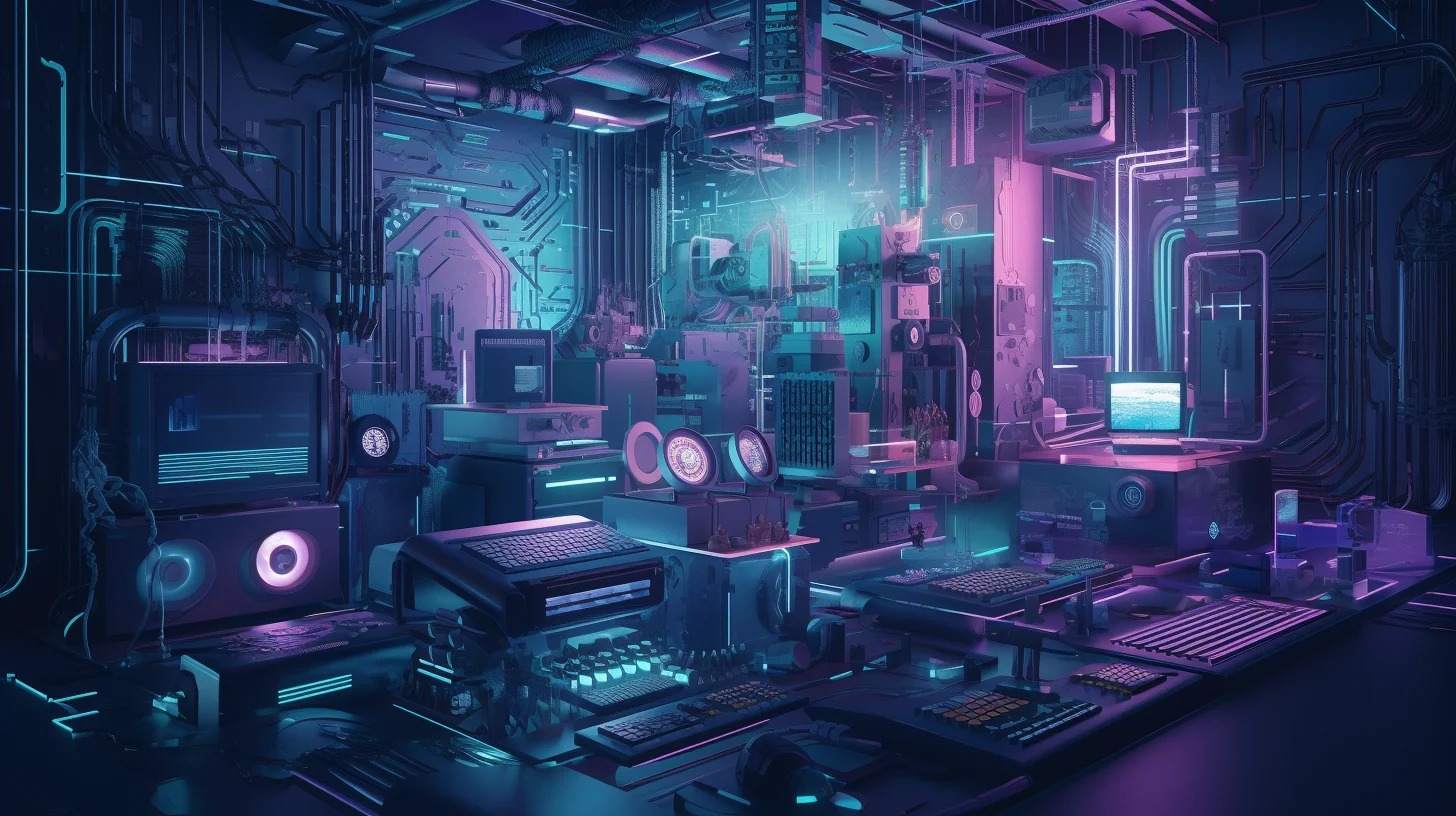Deciphering the Significance of Component Libraries in Design Systems
05/19/2023

Design systems have become crucial to contemporary web and app development, providing a structure for crafting consistent, integrated, and scalable designs. One of the key elements within design systems, called 'component libraries,' are fundamental in preserving design uniformity and efficiency. This blog post delves into the essence of component libraries in design systems and their role in shaping successful digital interactions.
Demystifying the Concept of a Component Library
Think of a component library as a digital tool kit, housing a range of pre-designed and pre-built user interface (UI) elements like buttons, forms, navigation bars, cards, etc., ready to be used in various projects and apps. Component libraries are like a digital Lego set, filled with various pieces (components) that you can pick and choose to build your application. These 'Lego pieces' include visual styles, interactive elements, and code samples that help designers and developers create a uniform and well-integrated user interfaces.
The Pursuit of Uniformity and Efficiency
A key aspect of component libraries in design systems is maintaining consistency in design and user experience. It's akin to using the same type of bricks when building a house – it ensures a unified appearance and structural integrity. Similarly, by employing predefined components, developers and designers can achieve a harmonized look and user experience throughout their applications. Uniform UI elements simplify the user journey, making it more intuitive and efficient.
Additionally, component libraries bolster efficiency in the design and development process. It's like having ready-to-use building blocks that help designers swiftly create and modify designs, saving valuable time. On the other hand, developers can reuse code snippets, bypassing the need for redundant coding and speeding up the development process. The result? Shorter project timelines and enhanced productivity.

Enhancing Collaboration and Communication
Just like a shared language enhances communication, a common library of components aids in unifying design and development efforts within teams. Designers can convey their intentions more effectively by referencing specific components, while developers can comprehend and execute them accurately.
Moreover, component libraries act as a bridge connecting design and development workflows. Using these libraries, designers can create detailed visual blueprints of their designs, which developers can then convert into functional code. This joint effort guarantees that the final product aligns with the original design intent, creating a smooth and integrated user experience.
Scalability and Maintenance Made Easy
Design systems become more adaptable and scalable when equipped with a well-kept component library. As a project expands or when new features are introduced, designers and developers can add new components or tweak the existing ones in the library. This adaptability ensures uniform design implementation across different scenarios and use cases.
Additionally, component libraries make maintaining design systems a breeze. Any change or update in the design can be applied universally just by updating the respective components in the library. This centralized approach ensures that design modifications are uniformly applied across the system, removing the need for manual tweaks in multiple places.

Maximizing Component Libraries: A Few Best Practices
Here are some handy tips to make the most of component libraries in design systems:
Use Consistent Naming Conventions: Just like a standard filing system makes it easy to locate documents, consistent names for components enhance clarity and usability.
Provide Clear Instructions: Offer comprehensive instructions on how to use each component, including design guidelines, interactive elements, and steps to implement the code.
Promote Reusability: Design components like building blocks - individual yet able to easily combine and form various layouts and interfaces.
Keep Up with Regular Updates and Maintenance: Regularly review and refresh the component library to keep up with changing design trends, technologies, and user needs.
In summary, component libraries are the linchpin of design systems. They foster design uniformity, boost efficiency, facilitate collaboration, and support scalability and maintenance. By effectively using component libraries, designers and developers can craft cohesive, user-friendly, and adaptable digital experiences that charm users and align with business goals.
Leveraging component libraries is like assembling a puzzle; with each reusable piece, the overall picture becomes clearer and more beautiful. It's a key strategy in web and app development that brings together design and function to create engaging digital experiences that stand the test of time. As such, understanding and implementing component libraries in design systems is an invaluable skill for any contemporary web or app developer.
